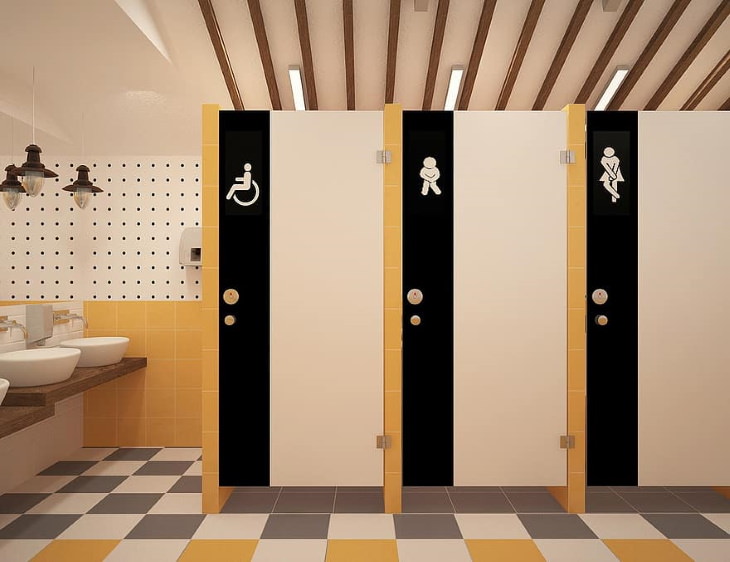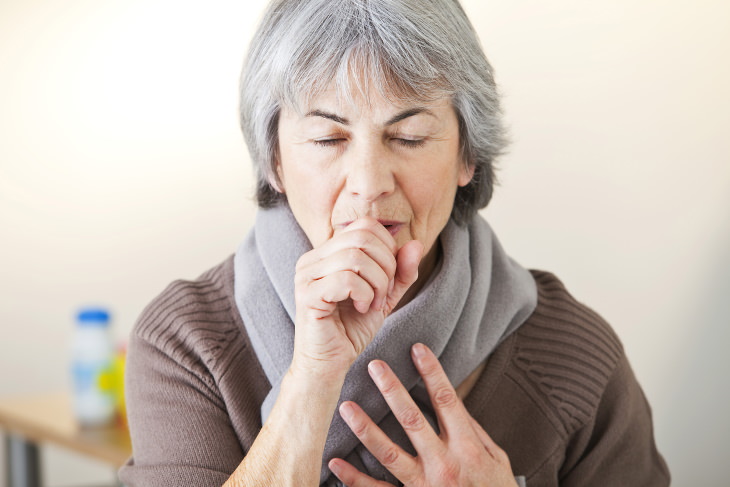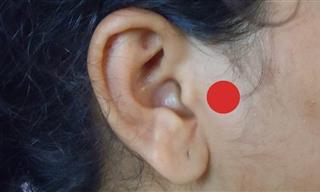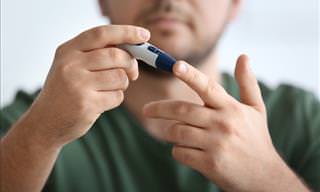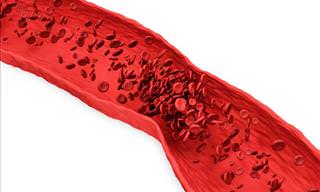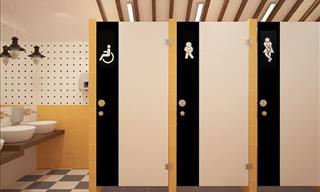Researchers have long suspected that you can get certain diseases from toilet plumes after flushing a contaminated toilet. It wasn’t until a recent report was published in the journal Emerging Infectious Diseases that researchers found confirmation of a serious pneumonia-causing bacterium that can be transmitted while flushing the toilet.
The report was published after two patients contracted Legionnaires’ disease at a hospital in France. The two cases occurred 5 months apart, but both patients stayed in the same room. As a result of the investigation, it was found that the dangerous bacterium came from a contaminated toilet, and the patients contracted the disease after flushing the toilet and inhaling microscopic droplets from the air.
No other toilets, sinks, or showers in the hospital tested positive for the bacteria.
Legionnaires’ disease is severe pneumonia caused by a bacterium known as legionella. This bacterium can live in still water and in soil, and you can get the infection after inhaling microscopic water droplets and soil particles that contain legionella, as was the case in the above-mentioned report.
Not everyone exposed to the bacterium will develop any symptoms, but those with a weakened immune system, like the hospital patients in the report, both of whom have undergone serious surgeries, are at a much greater risk of getting the disease and suffering from a more severe form of Legionnaires’ disease.
If you are immunocompromised or have an underlying health condition, you will be more likely to catch the disease from toilet water. This means you should be careful when using public restrooms and regularly disinfecting the toilet bowl in your home. More specifically, you can close the toilet lid before flushing a public toilet to prevent infected droplets from getting into the air. "It seems important to educate patients to close the toilet lid before flushing, particularly immunosuppressed patients or patients with comorbidities, who are more at risk of Legionnaires' disease," said Dr. Jeanne Couturier, the lead author of the study.
At home, you can disinfect the toilet bowl with bleach, which is exactly how the French hospital got rid of the bacterium - the contaminated toilet was disinfected using bleach on a daily basis, and continuous testing over a year and a half showed no traces of Legionella.
Do you know how to avoid germs? Take our quiz to make sure:
 Go to BabaMail
Go to BabaMail


